The US Navy didn't use camouflage in the interwar period. The ships carried the peacetime paint: the hull and superstructure were flint grey with a bluish tint; the decks of large ships had wooden planking, and the decks of the destroyers were painted in darker colors (usually dark grey).
The underwater part of the ships was painted red on top of the antirusting compound. The belt near the waterline was colored black. In the 1930s, the top parts of the masts of US battleships were usually painted white, but there were also some exceptions: for example, the roofs of the main battery turrets of battleship Arizona were painted red. To standardize the paints, all colors were given designations consisting of a letter-digital code.
With the beginning of World War II, the US Navy developed and started using new standards of camouflaging and disorienting paint. There was a regulated classification for all camouflage schemes. The nature of a single-tone or camouflage paint was defined by a base type (Measure) that was assigned a particular number. It was followed by the project code (design) that standardized the camouflage scheme. It consisted of a number and a letter.
The first eight schemes were introduced in January 1941. According to Measure 1 (MS 1), vertical surfaces were painted light grey (5-L), and horizontal ones were painted dark grey (5-D).
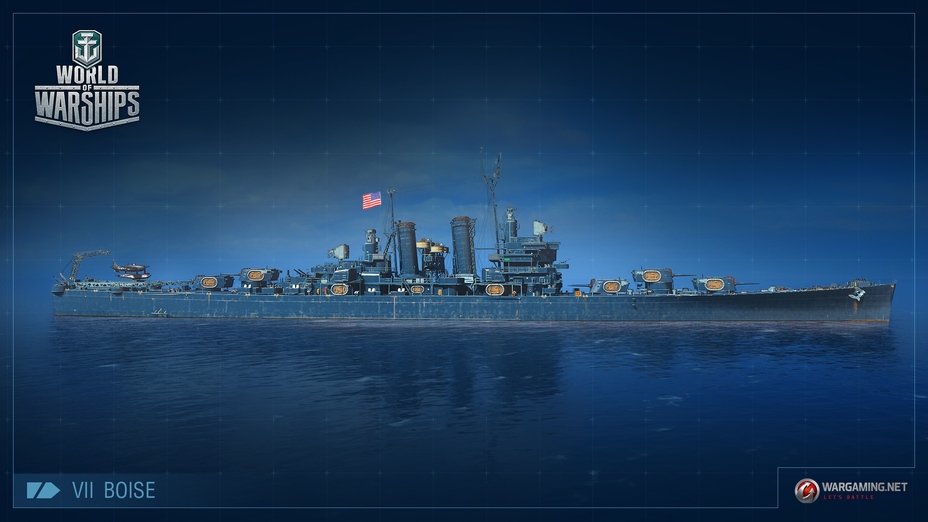
In September 1941, five more schemes were developed and introduced. According to the MS 11 scheme, all vertical surfaces were painted a single-tone grey-blue color (5-S), while horizontal surfaces and wooden planking were painted a grey-blue color of a lighter tone (20-B). MS 12 presupposed the painting of the vertical side surfaces in interchanging grey tones (from 5-S to 5-O), but the superstructure and masts were painted a lighter flint grey color (5-H). MS 12mod included the spotted camouflage scheme.
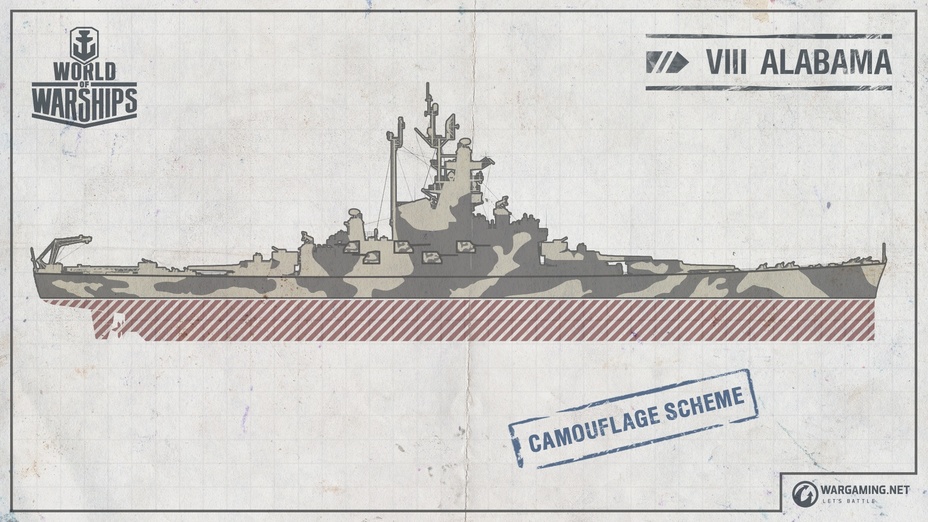
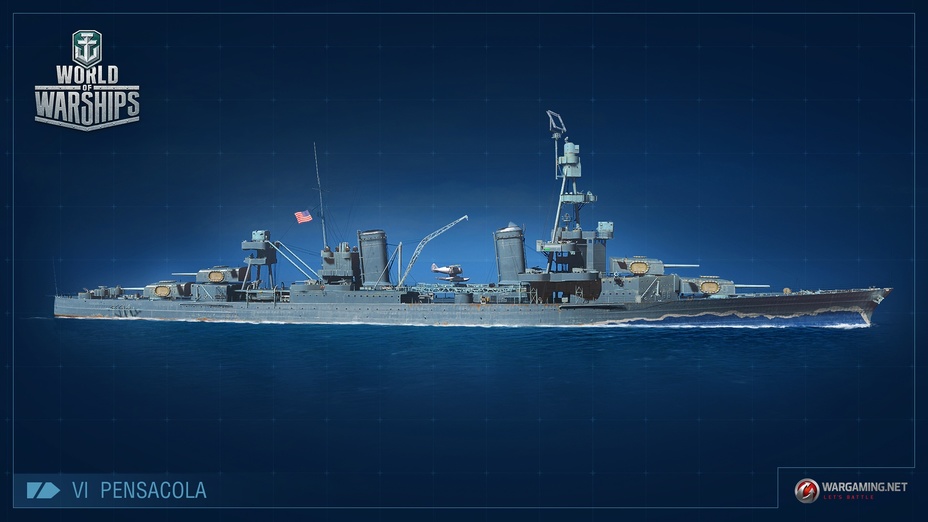
With the start of active warfare in the Pacific theater, four more camouflage schemes were developed in 1942. The most famous of them were MS 21 and MS 22.
MS 21—all vertical surfaces were painted deep dark blue (5-N); horizontal surfaces and wooden decks were painted grey and blue (20-B).
MS 22—vertical surfaces were painted deep dark blue (5-N) up to the lowest point of the main deck. Everything above was painted light flint grey (5-H). Horizontal surfaces and wooden decks were painted grey and blue (20-B).
In March 1943, with the change of the combat areas, an additional camouflage standard was accepted. It included four schemes. The first of them, MS 23, was more familiar to the Navy, since it was based on MS 3, and the effect of the dazzling camouflage with the use of standard color tones was used for other schemes.
The MS 31 scheme could have both fragmented elements and smooth lines with the use of two or three colors. This scheme had a lot of modifications. It was developed for battleships, cruisers, destroyers, escort aircraft carriers, and auxiliary ships.
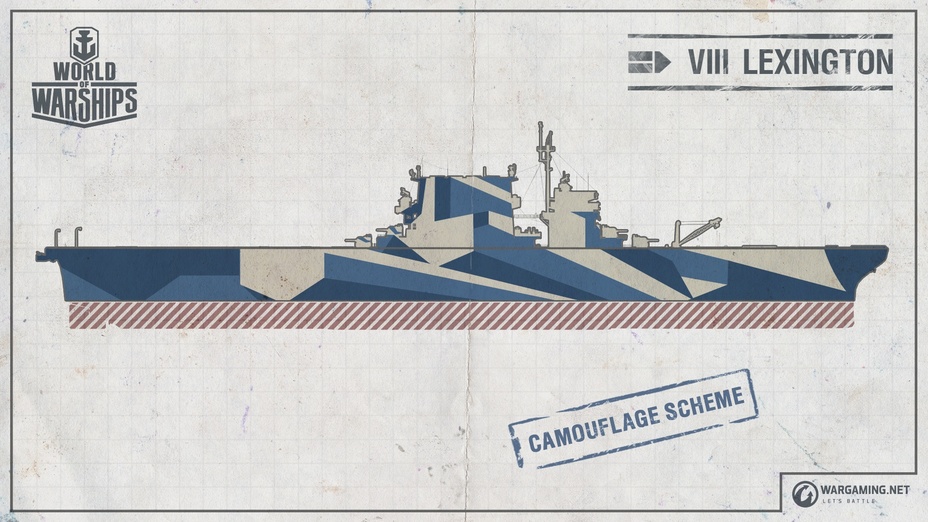
MS 32—this scheme was introduced alongside MS 31. It was distinct in the use of other colors when painting horizontal surfaces. It was widely used on all types of Navy ships and had an enormous number of modifications that differed mainly in the paint tones.
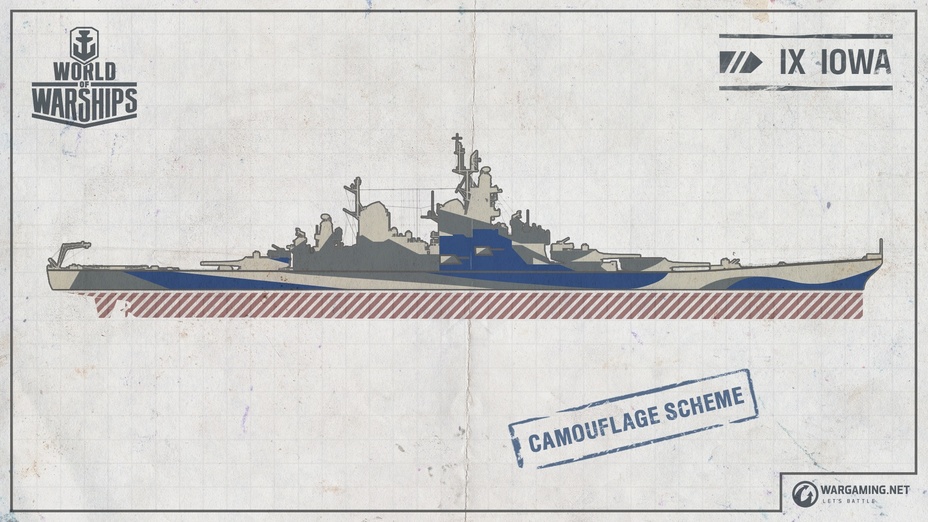
MS 33—this scheme was similar to the two previous ones. Only two colors were used for painting the horizontal parts in its basic variant. It was used on all types of aircraft carriers and cruisers, as well as auxiliary ships. It wasn't used on battleships, and was used very seldom used on destroyers. It had a lot of modifications that differed mainly in the paint tones.
In addition to the new schemes, new tones of green were added to the existing palette in March 1943. Some modifications used different tones of brown.
After the end of the war, the use of camouflage was less common. With the development of radar technologies, the need for camouflage was gone, and most ships were painted a basic grey.






